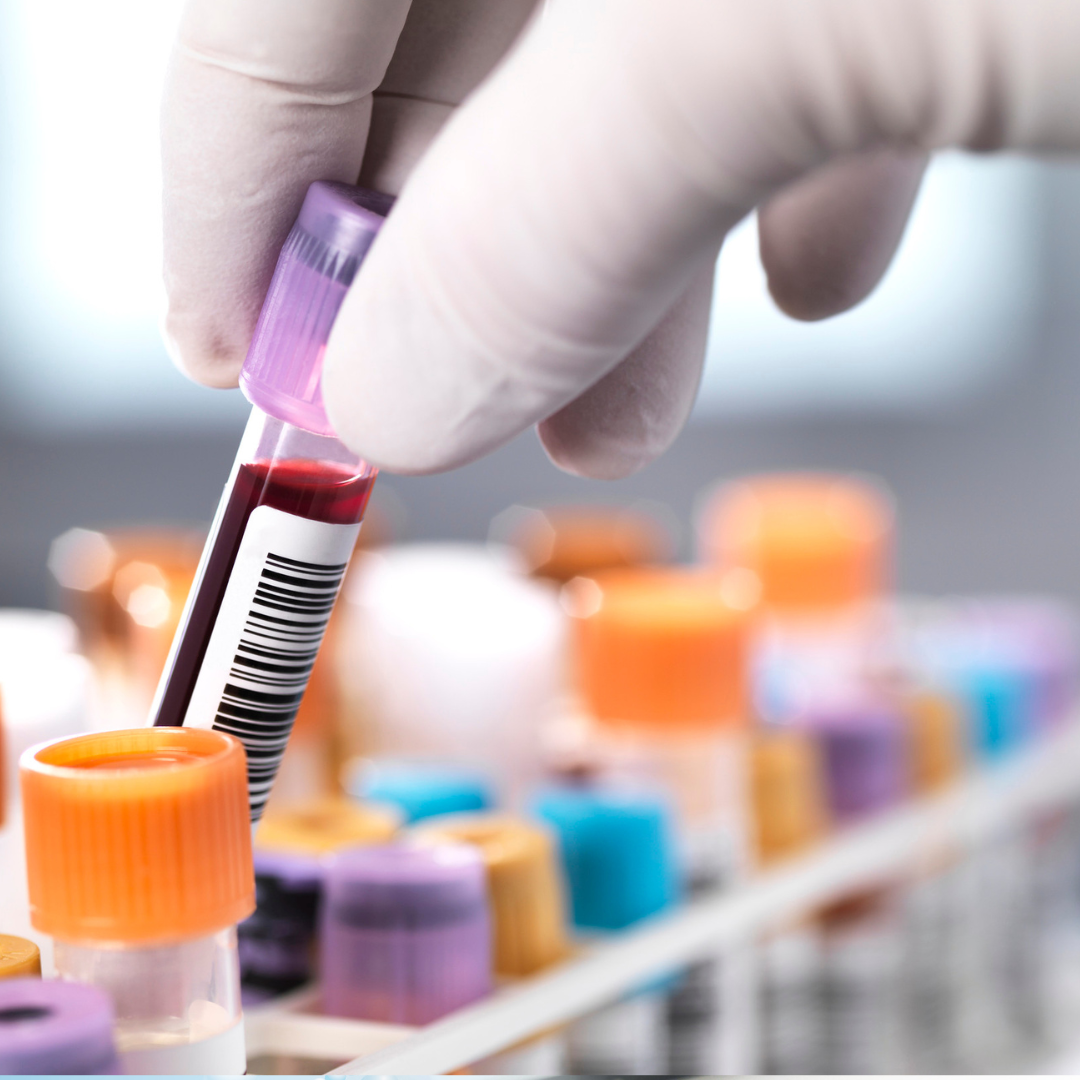This summary highlights the challenges and controversies surrounding the measurement and calculation of free testosterone (FT).
This is based on a study by Keevil and Adaway of the University of Machester (2019).
Here's a breakdown of the key points:
-
The Role of Free Testosterone
- Measuring free testosterone (FT) can complement the measurement of total testosterone (T) in some clinical scenarios.
- However, its utility is debated, and it is not universally accepted as a reliable measure in clinical practice.
-
Limitations of Laboratory Methods
- Equilibrium dialysis is considered the gold standard for measuring FT but is too complex, labor-intensive, and costly for routine clinical use.
-
Issues with Existing Equations
- Common equations used to estimate FT are inaccurate because they rely on flawed assumptions about how testosterone binds to SHBG.
- These inaccuracies can lead to unreliable results, especially in specific populations or when SHBG levels are abnormal.
-
Challenges with the Free Androgen Index (FAI)
- The Free Androgen Index (FAI), a quick calculation based on total testosterone and SHBG, is unreliable.
- It becomes particularly inaccurate when SHBG levels are low, as seen in some medical conditions or hormonal disorders.
-
The Need for Better Models
- There is a pressing need for improved mathematical models and equations to calculate FT.
- These models must be based on a better understanding of testosterones interaction with SHBG and other proteins like albumin.
Implications for Clinical Practice
Until more accurate and practical methods are developed, clinicians must use a combination of tests and clinical judgment when assessing androgen levels. FT calculations should be interpreted with caution, considering the limitations of the current methods.




